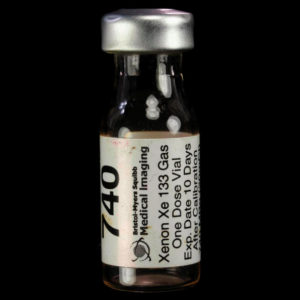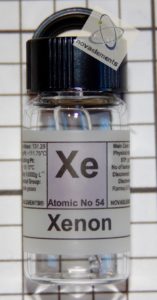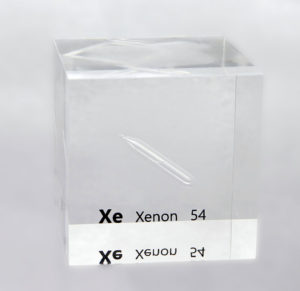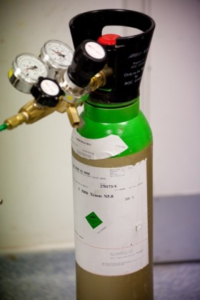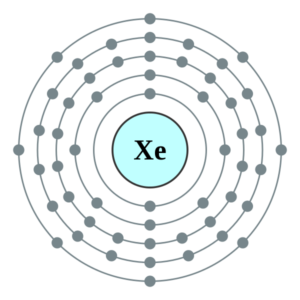Xenon is an element that has anesthetic, dissociative, neuroprotective, and performance enhancing effects. It has mainly been researched as an anesthetic agent, though research has shown it could also be useful for neuroprotection.
It’s an expensive substance which can be found at a very low concentration in the air. While it could be used as a recreational drug like nitrous oxide, it is almost never used in that way.
The drug is quite safe at common doses (acutely), with the most significant common negative effects being nausea, vomiting, and headache.
Xenon = Xe
Dose
Inhalation
Not currently available due to a lack of information.
Timeline
Inhalation
Total: 15 – 30 minutes
Onset: 5 – 15 seconds
Experience Reports
Supplementary Videos
References
(2016) Sub-anesthetic Xenon Increases Erythropoietin Levels in Humans: A Randomized Controlled Trial.
(2015) Urine analysis concerning xenon for doping control purposes.
(2009) Is xenon a future neuroprotectant?
(2008) Xenon or propofol anaesthesia for patients at cardiovascular risk in non-cardiac surgery.
(2008) The haemodynamic and catecholamine response to xenon/remifentanil anaesthesia in Beagle dogs.
(2006) Special cases: ketamine, nitrous oxide and xenon.
(2006) Xenon provides short-term neuroprotection in neonatal rats when administered after hypoxia-ischemia.
(2006) Xenon: one small step for anaesthesia… ?
(2005) Xenon anaesthesia may preserve cardiovascular function in patients with heart failure.
(2005) Xenon: elemental anaesthesia in clinical practice.
(2005) Xenon attenuates cerebral damage after ischemia in pigs.
(2003) Will xenon be a stranger or a friend?: the cost, benefit, and future of xenon anesthesia.
(2003) Xenon: no stranger to anaesthesia.
(2002) Neuroprotective and neurotoxic properties of the ‘inert’ gas, xenon.
(2001) Cerebral and regional organ perfusion in pigs during xenon anaesthesia.
(2000) Xenon anaesthesia.
(2000) Xenon Anesthesia
(1998) How does xenon produce anaesthesia?
(1997) Emergence times from xenon anaesthesia are independent of the duration of anaesthesia.
(1990) Haemodynamic and neurohumoral effects of xenon anaesthesia. A comparison with nitrous oxide.
(1990) Safety and efficacy of xenon in routine use as an inhalational anaesthetic.










